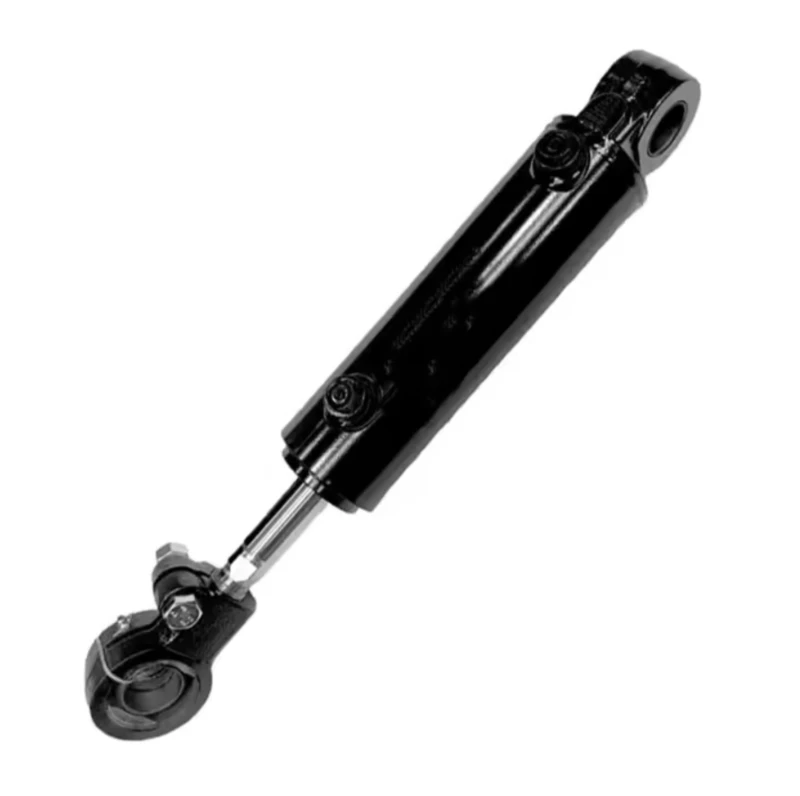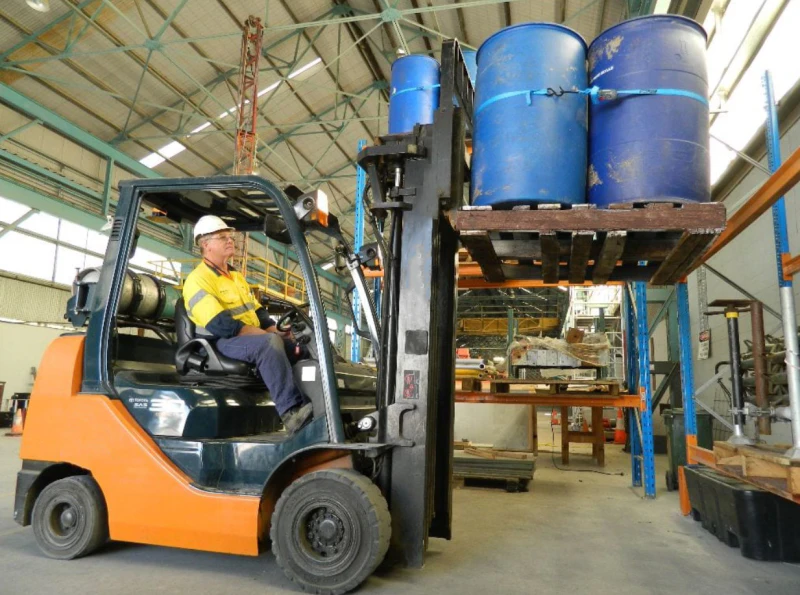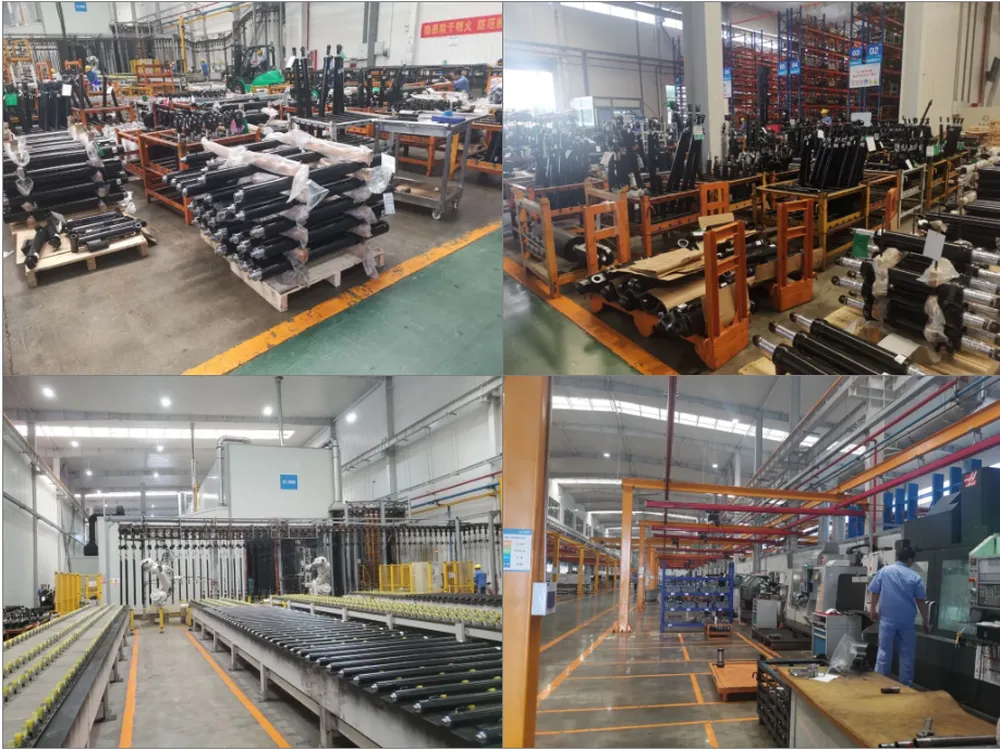Developing Lifecycle Management Strategies for Forklift Hydraulic Cylinders

Introduction
Forklifts are essential equipment in many industries. They are used to lift and transport heavy goods, making them an indispensable part of the supply chain. The hydraulic cylinder is a critical component of a forklift, and its proper management is crucial for the efficient operation of the forklift. Developing lifecycle management strategies for forklift hydraulic cylinders is essential to ensure their optimal performance and longevity.
What are hydraulic cylinders for forklifts?
Hydraulic cylinders are mechanical devices that convert hydraulic energy into linear force and motion. They consist of a cylinder barrel, piston, and piston rod. Hydraulic cylinders are used in a wide range of applications, including forklifts, to provide the necessary force to lift heavy loads.
Why is lifecycle management important for forklift hydraulic cylinders?
Lifecycle management is the process of managing all aspects of a product's life cycle, from design to disposal. Proper lifecycle management of forklift hydraulic cylinders is crucial to ensure their longevity and optimal performance. It involves regular maintenance, inspection, and repair to prevent failure and extend the lifespan of the cylinder.
What are the key components of lifecycle management for forklift hydraulic cylinders?
The key components of lifecycle management for forklift hydraulic cylinders include:
- Design and Manufacturing: Hydraulic cylinders should be designed and manufactured to meet the specific requirements of forklifts, with high-quality materials and precision machining techniques.
- Installation: The hydraulic cylinder should be installed correctly, following the manufacturer's instructions.
- Maintenance: Regular maintenance is essential to ensure the hydraulic cylinder's optimal performance. This includes cleaning, inspection, and lubrication of all components.
- Repair and Replacement: The hydraulic cylinder should be repaired or replaced as soon as any signs of wear or damage are detected, to prevent failure and ensure safety.
Conclusion
Developing lifecycle management strategies for forklift hydraulic cylinders is crucial to ensure their optimal performance and longevity. Proper management involves regular maintenance, inspection, and repair, as well as adherence to proper installation and design practices. By following these strategies, companies can ensure the safety and efficiency of their forklift operations.

Q&A
Q: What are some common causes of hydraulic cylinder failure?
A: Common causes of hydraulic cylinder failure include contamination, wear and tear, misalignment, and overheating. Proper maintenance and inspection can help prevent these issues and extend the lifespan of the cylinder.
Q: How often should hydraulic cylinders be inspected?
A: Hydraulic cylinders should be inspected regularly, according to the manufacturer's guidelines. Typically, inspections should be done at least once a year or after a certain number of operating hours, whichever comes first.
Q: Can damaged hydraulic cylinders be repaired?
A: In most cases, damaged hydraulic cylinders can be repaired. However, the extent of the damage and the cylinder's age and condition will determine whether it is more cost-effective to repair or replace the cylinder.

Company Introduction
Our company is a leading player in the Chinese hydraulic cylinder market, with a focus on forklift hydraulic cylinders, small hydraulic cylinders, hydraulic pistons, lifting cylinders, boom cylinders, and steering cylinders. We have a design and production capacity of 200,000 sets and an annual production of 300 units, with a range of fully automatic CNC production equipment and automatic hydraulic cylinder assembly equipment. We offer high-quality products, competitive prices, and excellent service. In addition to forklift hydraulic cylinders, we also supply a wide range of customized hydraulic cylinders for various industries, such as aerial work platforms, industrial vehicles, engineering machinery, and mining dump trucks. Please contact us for more information or to request a quote.